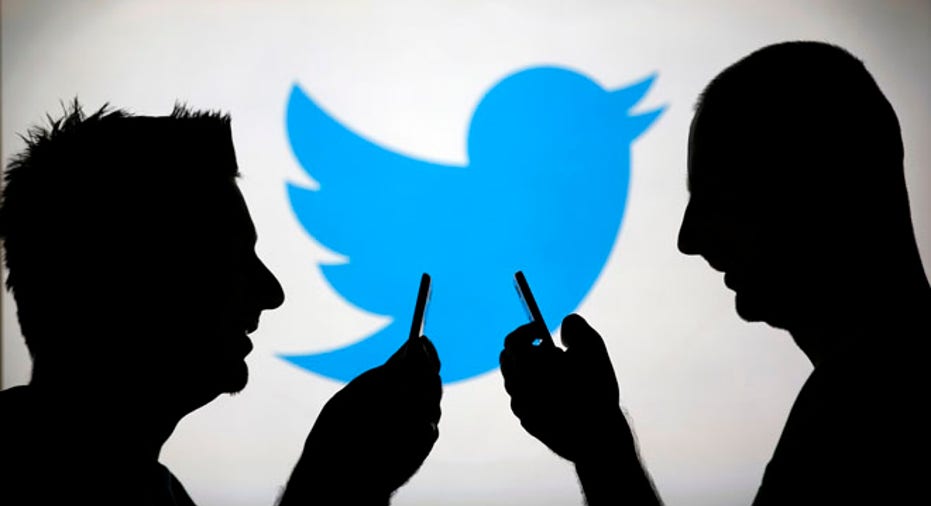Twitter’s Turnaround in 4 Easy Steps … Sort of

Tuesday’s earnings call was the first time we’ve actually heard Twitter publicly acknowledge what the rest of us have known for a very long time: Certain types of users love Twitter, but the rest of us don’t know what to make of it. The product simply hasn’t evolved to appeal to mainstream users.
The reason for that is simple. The company was afraid that making big changes to the product to attract new users might spook core users. That fear essentially paralyzed development and froze the product in place. Since it’s hard to use and its value is not self-evident, mainstream users who tried it out didn’t bother sticking around.
In short, Twitter’s user growth stalled because product innovation stalled, and that’s not cool. Let me provide some perspective on just how fundamental continuous innovation is to the growth of internet companies, particularly social ones.
Mark Zuckerberg calls Facebook’s management approach “The Hacker Way,” meaning “continuous improvement and iteration” as opposed to being content with the status quo. And they have a saying that characterizes that culture, “Move fast and break things.” By any measure, it’s worked extremely well.
Twitter’s culture, on the other hand, has been more like, “If it ain’t broke, don’t fix it.” That’s why Facebook has almost 1.5 billion users and counting while Twitter has essentially plateaued at around 300 million users. Facebook never stopped innovating and evolving and its product execution has been flawless.
Speaking of evolution, Nick Bilton of the New York Times came up with a great analogy courtesy of Charles Darwin’s observations on animal survival:
“It wasn’t the smartest, it wasn’t the biggest; it was the ones that were capable of adapting to change that were the ones that succeeded. I think this is Twitter’s lesson right now. It’s been around for nine years, it has not changed fundamentally as a product and if it doesn’t change, it’s not going to be around nine years from now.”
Not to completely dismiss the efforts of Twitter’s former CEO, Dick Costolo. He took the company public with a $20 billion market cap. Monetization of the core product is progressing well; Twitter will generate upwards of $2 billion in revenue this year. And the acquisition of live video streaming app Periscope can be a real game-changer.
And let’s not forget that Twitter had two founders and former CEOs on the board during Costolo’s tenure: Evan Williams and Jack Dorsey, now interim CEO. That may very well have had a chilling effect on Costolo’s efforts to make bold product changes. Besides, if the board didn’t approve of his efforts, they should have done something about it. Instead, they filed for an IPO. Big mistake.
Neither the product nor the company was ready for primetime when Twitter went public. For one thing, falling so far short of Costolo’s unrealistic goal of 400 million users put management in a position where they were constantly dancing around, trying to explain why there was so much more value to Twitter than that. And Costolo’s mercurial management style was not exactly suitable to that of a public company. The leadership team was constantly in a state of flux.
It’s not the least bit surprising that Wall Street has not been kind to Twitter, but that’s the situation -- and nothing short of taking the company private or putting it up for sale will change it. There are, however, four things that must change for Twitter to turn around its fortunes, in chronological order:
Step 1. Reset expectations. After Tuesday’s earnings call, Dorsey and company can safely check that box. He and CFO Anthony Noto were clear about what needs to change and that investors should not expect any meaningful user growth for some time. I doubt if expectations could have been set any lower. The stock plunged 14.5%, and that’s a pretty good setup for Step 2.
Step 2. Put an end to the CEO drama. It’s like a soap opera: Dorsey may want the job, but he’s also CEO of Square, which has apparently filed to go public and Twitter’s board has nixed a two-company CEO. So that leaves the much talked about and admired head of revenue, Adam Bain. Yes, there’s also a search, but an outsider doesn’t appear to be likely. Whether it’s Jack or Adam, it’s long past time for the leadership team to stabilize.
Step 3. Fix the product. Not to be redundant, but in the end, it all comes down to the product and the user experience. Twitter simply doesn’t make sense to mainstream users and it needs to change so it does, and pronto. The good news is that everyone seems to think Twitter’s in the catbird seat to become the world’s news homepage. I say that’s easier said than done, but I do think Periscope is a gem that can be leveraged.
Step 4. Tell the story. What is Twitter? The way that question has plagued the company reminds me of the persistent problem that’s plagued Yahoo for more years and CEOs than anyone cares to think about, least of all Marissa Mayer. The product and the story go hand in hand. The key to one should unlock the other. At least that’s the theory.
If there is a God out there, I just have one request. Please, not another Yahoo.